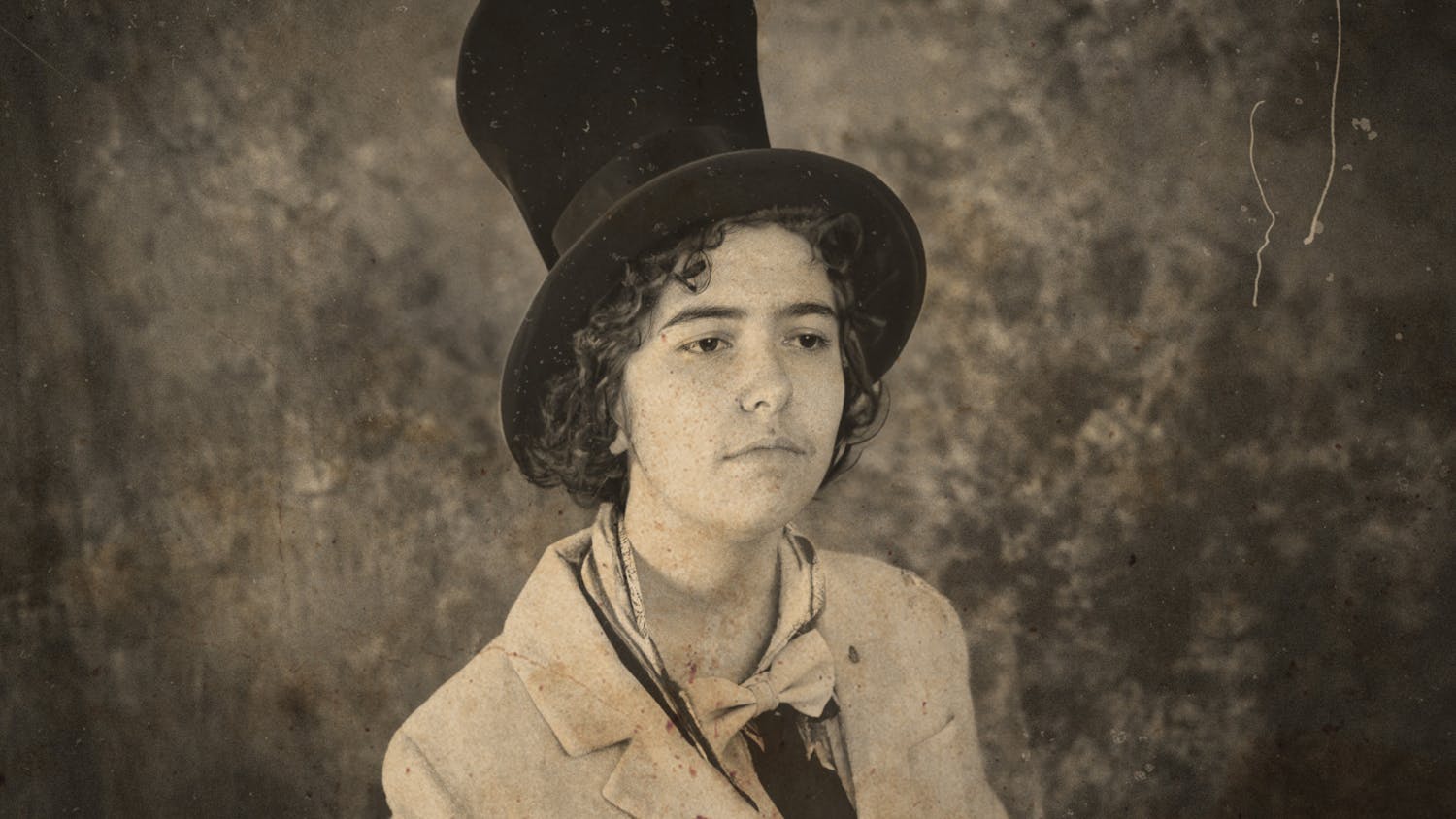It looks like 2013 didn't waste any time.
It's not like we were looking for the next trend, especially after a year chock full of them. Last year, the foreign charm of "Gangnam Style" broke YouTube records, the addictively saccharine "Call Me Maybe" caught our attention, and zombies, bath salts and Molly were actually a thing. We didn't need another trend, but the Internet gods thought otherwise.
Internet gods don't exist, but what else is there to attribute the spread of the Harlem Shake?
Here's the premise: "Harlem Shake" plays for about 15 seconds while one person (who's usually masked) does this mid-tempo dance move with other people in the background. The craziness starts to happen when the beat drops - and by craziness, we're talking about men in chicken suits humping the air, crotch thrusting in locker rooms and ... just a lot groin movement and body suits.
That's it. That's the point.
Most people who are anti-Harlem Shake say this "point" is exactly the reason they're against it, because humping and jumping isn't much of a point. But the lack of the point is, in fact, the point of "Harlem Shake." Follow me?
A common problem people run into with "Gangnam Style" is how it hides its nonsensical lyrics with a dance and foreign charm. "Call Me Maybe" is a guilty pleasure because of how unashamedly pop it is. I doubt I need to detail the inherent problems with zombies and drugs.
But what is there to criticize about "Harlem Shake?" Baauer's hit is noteworthy because it was able to spur this seemingly senseless viral craze by using tried and true methods: inventive sampling combined solid song craft, minus the lyrics. Pitchfork was on the money in its review of the song when it described it as a "visceral pleasure," because that's all it is. The track has no aspiration other than taping into our inert need for a thrill, unintentionally deconstructing music criticism in the process.
Even the details surrounding the track are hard to grasp. The hipsters are probably in a fit of rage because "Harlem Shake" actually came out last year. The same goes for the diehard practitioners of the original Harlem Shake. The latter is interesting because Baauer's vision of the Harlem Shake is essentially as hip-hop as the original. There's the genre's trademark use of samples (that lion sample is undeniable) and rhythm.
This isn't a bastardization of the original Harlem Shake. It's the rejuvenation of it.
It manages to tap into the tempo and panache of the dance while peeling away its urban fa?\0xA4ade. The thrill isn't just for the streets anymore, and perhaps it never was, and Baauer's feud against Harlem-based rapper Azealia Banks over her remix of the song seems almost too symbolic.
This insanity that's unleashed by "Harlem Shake" is the sort that's beyond fiscal or ethnical boundaries. Maybe that's why there needs to be a mask in these viral videos - the mask sort of draws attention away from the people. It's about the madness not the person. Under this context, sexually suggestive locker dances feel necessary rather than blatantly homoerotic, and men in bird suits feel more cathartic than weird.
Essentially, the question isn't, "What's the point of the 'Harlem Shake'?" The question is: what's the point of denying it?
Email: brian.josephs@ubspectrum.com





